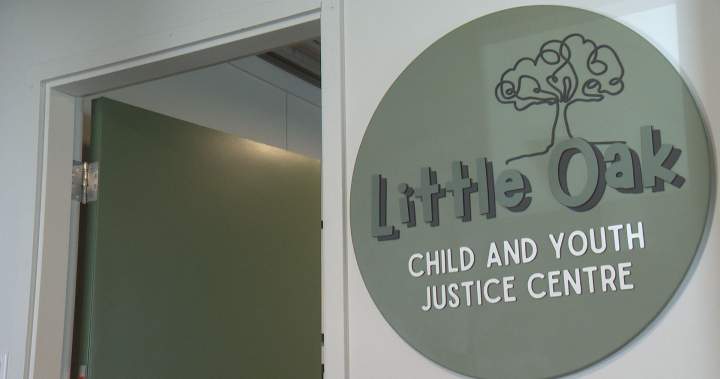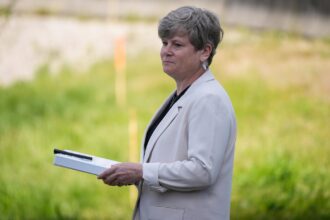In a landmark development for Saskatchewan’s youth justice system, the newly completed Moose Jaw Youth Justice Centre officially opened its doors today, marking a significant shift in how the province approaches rehabilitation for young offenders. The state-of-the-art facility, representing years of planning and community consultation, promises to revolutionize support services for vulnerable youth caught in the criminal justice system.
“This centre represents more than just a building—it’s a complete reimagining of how we support young people who have made mistakes,” said Justice Minister Bronwyn Eyre during this morning’s ribbon-cutting ceremony. “We’re moving away from a purely punitive approach toward one that emphasizes education, mental health support, and meaningful rehabilitation.”
The $24.7 million facility replaces the outdated Paul Dojack Youth Centre in Regina, which had been operating since the 1950s and faced increasing criticism for its institutional environment. In contrast, the Moose Jaw centre features modern living spaces, educational facilities, cultural programming areas, and dedicated mental health services—all designed to create an environment conducive to positive change.
What distinguishes this facility from its predecessors is its trauma-informed design. Research consistently shows that a significant percentage of youth who enter the justice system have experienced childhood trauma, with rates of adverse childhood experiences far exceeding those in the general population. The new centre incorporates architectural elements and programming specifically designed to address these realities.
Indigenous community leaders played a crucial role in the centre’s development, ensuring culturally appropriate spaces and programs would be available. Elder Joseph Standing Bear, who participated in the planning process, noted: “This facility acknowledges that healing for Indigenous youth must include connection to culture, language, and traditional practices. The dedicated ceremonial spaces and Elder-in-residence program represent meaningful steps toward reconciliation within the justice system.”
Mental health professionals have also praised the centre’s integrated approach. Dr. Rebecca Chen, a child psychiatrist who consulted on the project, emphasized the importance of addressing underlying issues: “Many youth in the justice system struggle with undiagnosed or untreated mental health conditions and substance use disorders. Having dedicated clinical spaces and specialized staff on-site means we can intervene much earlier and more effectively.”
Community reintegration remains a central focus of the new facility. Youth will have opportunities to participate in vocational training programs with local businesses, restorative justice initiatives, and educational programming that can continue seamlessly after their release. These partnerships aim to reduce Saskatchewan’s historically high youth reoffending rates, which have hovered around 60 percent in recent years.
Despite broad support, some critics question whether the investment will translate to measurable outcomes. Youth advocacy groups have called for greater transparency regarding how success will be measured and whether additional community-based alternatives to incarceration will receive similar funding increases.
Provincial officials maintain that the Moose Jaw centre represents just one component of a broader strategy to reform youth justice. Additional investments in community-based prevention programs and post-release support services are planned for the coming fiscal year.
As the first youth residents prepare to transition to the new facility next week, the question remains: Will this innovative approach to youth justice become a model for other jurisdictions, or will systemic challenges limit its effectiveness in breaking the cycle of youth involvement in the criminal justice system?









